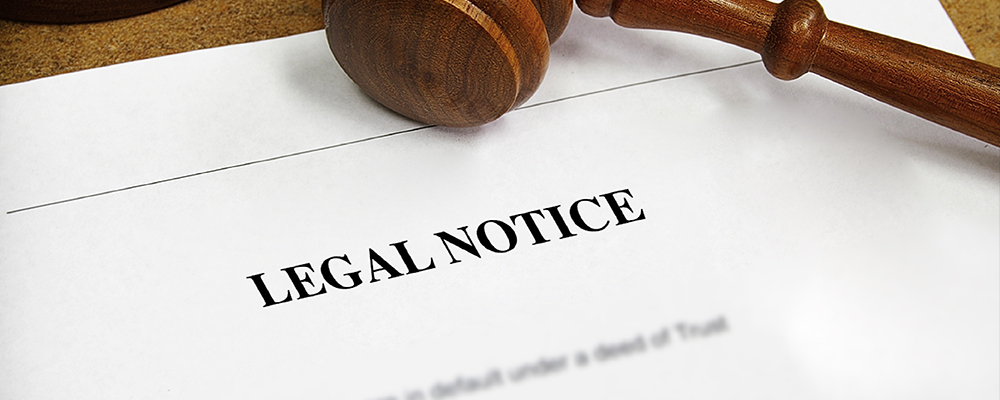A caveat petition is filed when any case is pending in court; on the other hand, a legal notice is sent to the person before filing the suit and grievances are raised regarding the issue. A caveat petition notifies the court of your interest and intention in the case, whereas, legal notice serves as official notice of your intent to file a lawsuit.
An advocate can file a caveat petition in the court to prevent the other party from filing a case against their client. Likewise, before sending legal notice, a counsel notifies the opposite party legal action before filing a lawsuit in an attempt to settle the dispute amicably.
Time Period & Validity:
The court notice is valid for only 90 days from the date of its filing. The caveator can claim a hearing if it is filed within 90 days of filing the caveat. A legal notice will specify the period within which the opposite party needs to compensate, address or take action against the grievance faced by the person issuing the notice. If the opposite party does not address the grievance within the time stipulated in the notice, then legal proceedings can be undertaken against the opposite party, and a suit can be instituted against the same.
Need A Legal Advice
The internet is not a lawyer and neither are you. Talk to a real lawyer about your legal issue

Contents of Court Notice:
- Name of court
- Case no., suit or appeal, if any
- Applicant’s name & details
- RPAD stating the delivery of the petition to the opposite party
Contents of Legal Notice:
- Name & address of the parties
- Grievances or Issue from the opposite party
- Compensation of the damage & loss
- Time Limit to resolve the dispute
Difference between caveat petition and legal notice:
| Caveat petition | Legal notice |
| Caveat petitions are filed when the caveator anticipates the opposite party applying to the case against them. | The notice contains the details of the anticipated application that will be filed against the opposite party if the receiver does not take any action within stipulated time. In a legal notice, the issuer outlines the grievances they are facing and seek redressal from the other party. |
| It acts as a precautionary measure taken by the caveator to prevent the opposite party from applying any allegations at first instance. | Legal Notice acts as a warning to the opposite party before taking legal action against them.The legal notice is sent to the opposite party by the issuer. |
| The court will serve the caveat petition on the behalf of the caveator to the applicant/opposite party. | The issuer of legal notice sends it directly to the other party by registered post. |
| There is a 90-day limitation for the reply on the duration of the caveat petition once it is filed. | The legal notice shall specify the timeframe in which the opposite party must compensate or address the grievance of the person issuing the notice. When the opposite party fails to reply to the grievance within the specified period, legal action may be taken against the opposite party, and a suit can be filed. |
A civil suit deals with multiple procedures and is resolved by different types of documents, petitions, notices or applications. Many documents are filed before the court or directly sent to the opposite party, and copies of these documents must be provided to the opposite parties in a suit. Legal notice and caveat petition are two examples of such documents.





 Talk to a Lawyer
Talk to a Lawyer